The Best Time To Climb Kilimanjaro is during the dry seasons, typically from late June to early October and from late December to early March. These periods offer more stable weather conditions with clear skies and minimal rainfall.
FREQUENTLY ASKED QUESTIONS
Climbing Mount Kilimanjaro is a dream for many adventure enthusiasts, but it also comes with a myriad of questions and uncertainties. Here's a comprehensive guide to answer some of the most frequently asked questions about the Kilimanjaro climb.
Climb Kilimanjaro Guides FAQs given by us can make your Climbing Mount Kilimanjaro smooth and enjoyable.
-
What is the Best Time to Climb Kilimanjaro?
-
How Long Does It Take to Climb Kilimanjaro?
The duration of a Kilimanjaro climb varies depending on the chosen route. Most routes take around 6 to 9 days, allowing for proper acclimatization to the high altitude. Shorter routes may be available, but they are not recommended for acclimatization purposes.
-
What Route Should I Choose?
There are several routes to the summit of Kilimanjaro, each with its own characteristics and challenges. Popular routes include Machame, Marangu, Lemosho, and Rongai. Research the routes thoroughly, considering factors like scenery, difficulty, and acclimatization opportunities before making a decision.
-
How Do I Prepare for High Altitude?
Proper preparation for high altitude is crucial to prevent altitude sickness. Gradual acclimatization during the climb is essential, and climbers are advised to stay well-hydrated, maintain a steady pace, and listen to their bodies. Pre-acclimatization hikes at higher elevations before the Kilimanjaro climb can also be beneficial.
-
Do I Need Special Gear for Kilimanjaro?
Yes, appropriate gear is essential for a Kilimanjaro climb. This includes good quality hiking boots, cold-weather clothing, a reliable sleeping bag, trekking poles, and other personal items. Consult with your tour operator for a comprehensive packing list tailored to your specific climb.
-
Is Training Necessary Before Climbing Kilimanjaro?
While Kilimanjaro doesn't require technical climbing skills, physical fitness is crucial. Regular cardiovascular exercise, strength training, and hiking with a loaded backpack are recommended to build stamina and endurance.
-
Can I Climb Kilimanjaro Solo?
Climbing Kilimanjaro solo is not permitted. The Tanzanian National Park regulations require climbers to be accompanied by licensed guides and support staff for safety reasons. Joining a guided group or hiring a private guide is the standard practice.
-
What About Accommodations on Kilimanjaro?
Accommodations during the climb involve camping in tents at designated campsites. Some routes, like the Marangu Route, have basic mountain huts. Accommodations before and after the climb are typically arranged in nearby hotels or lodges.
-
Is Altitude Sickness Common?
Altitude sickness is a risk when climbing Kilimanjaro due to the rapid gain in elevation. Adequate acclimatization, staying hydrated, and recognizing the symptoms early on can help mitigate the risk. If symptoms persist, descending to lower altitudes is necessary.
-
What Happens in Case of Emergency?
In case of emergencies, tour operators are equipped to handle evacuations. It's crucial to have travel insurance that covers evacuation and medical expenses. Helicopter rescues are available if needed.
Finally, Climbing Kilimanjaro is a remarkable adventure, and preparation and knowledge are key to a safe and enjoyable ascent. Understanding the logistics, choosing the right route, and being adequately equipped will contribute to a successful climb to the "Roof of Africa.
RELATED PACKAGES
View All Packages
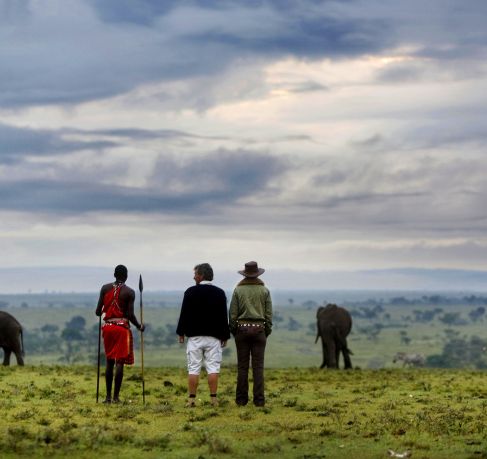
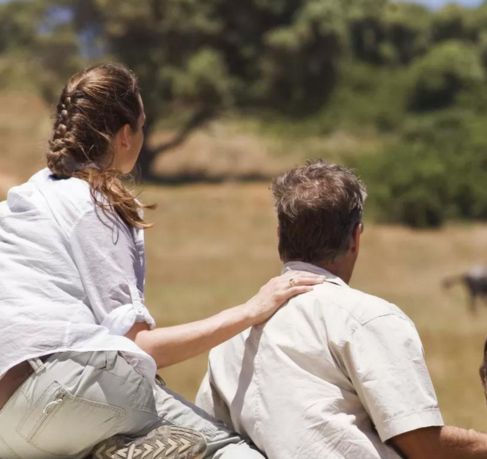
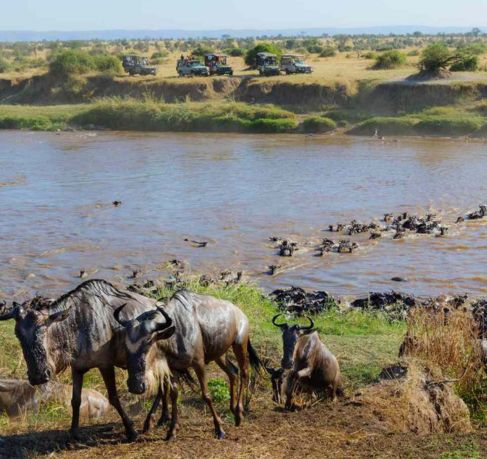
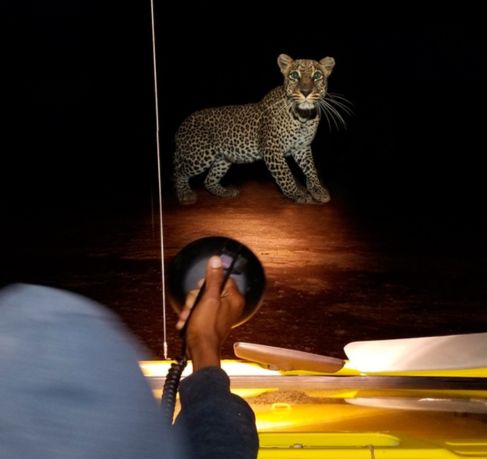
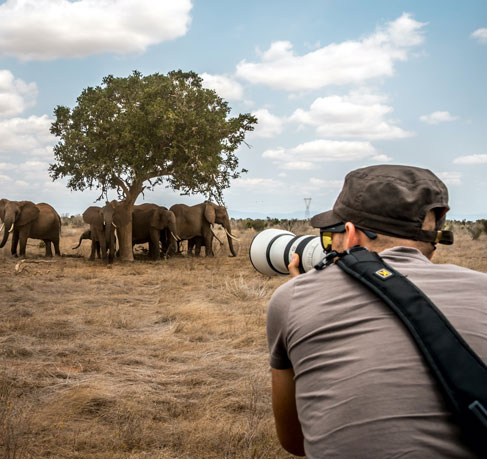
Photographic Safaris
start your adventure
KILIMANJARO TRAVEL GUIDES
TESTIMONIALS
Our African Ecotourism Partners
We've joined forces with premier partners to guarantee your safari experience is environmentally responsible.
Tailor Made Tour
We are here to listen to your requests and make your dreams come true, whether you are planning a honeymoon safari, a family vacation, or a 10th anniversary celebration. Would you like to see an example itinerary? Or would you prefer to design your own journey from the ground up? The best approach for us to begin this journey together is to schedule a free consultation. Get in contact right now!


















